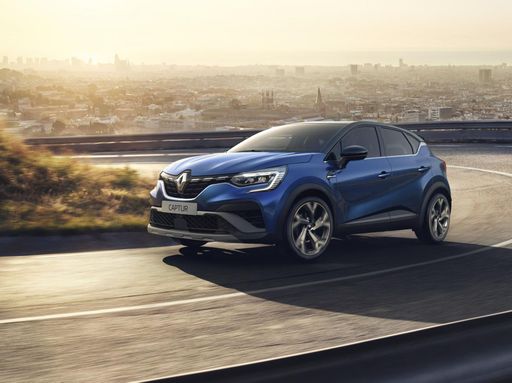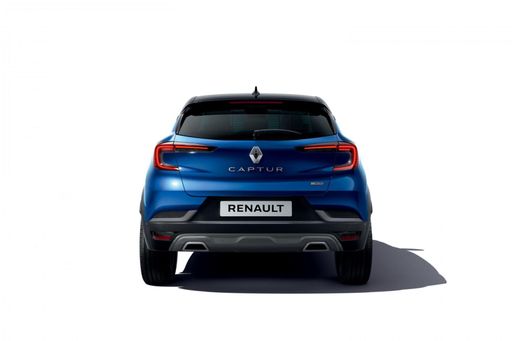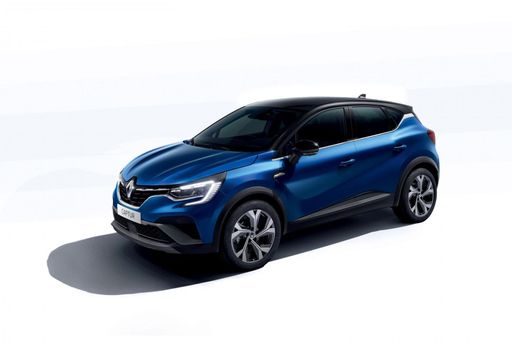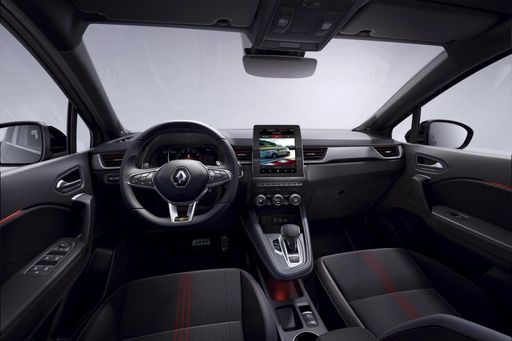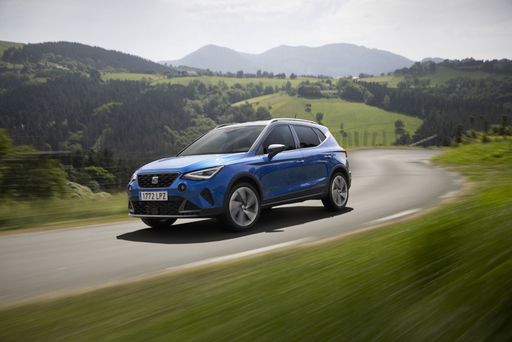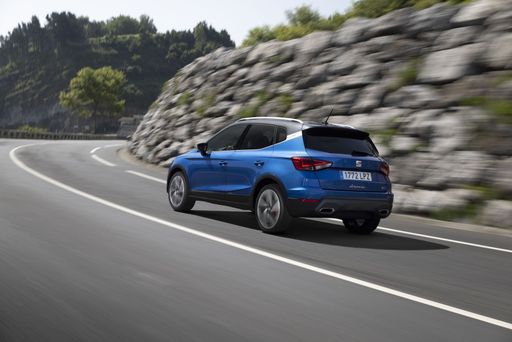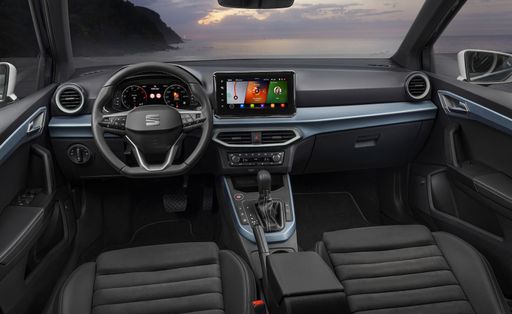Renault Captur vs SEAT Arona: A Comprehensive Comparison
In the competitive world of compact SUVs, the Renault Captur and SEAT Arona stand out as popular choices among consumers. Each vehicle offers a unique blend of style, performance, and practicality. This article delves deep into their key technical specifications and innovative features, helping buyers make an informed decision.

